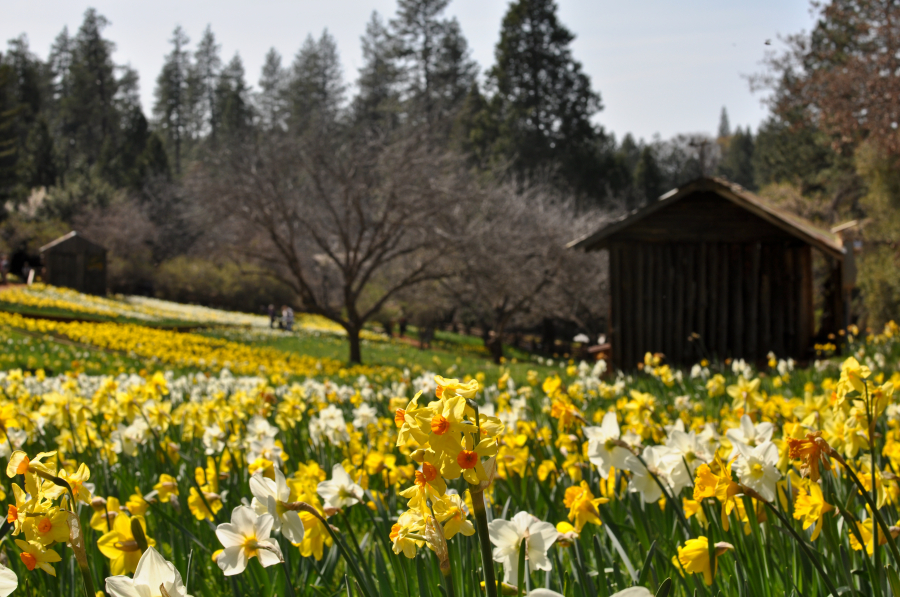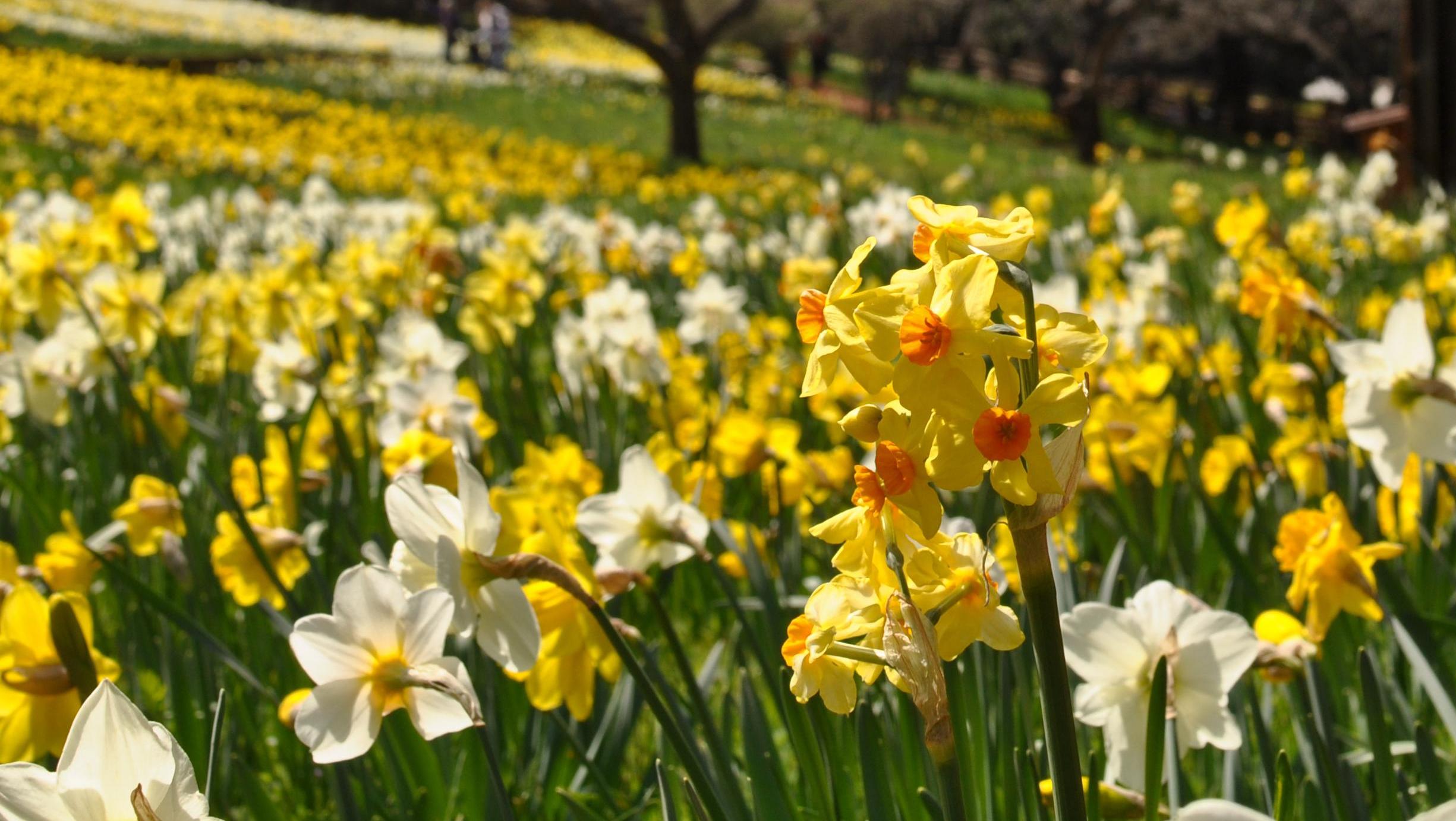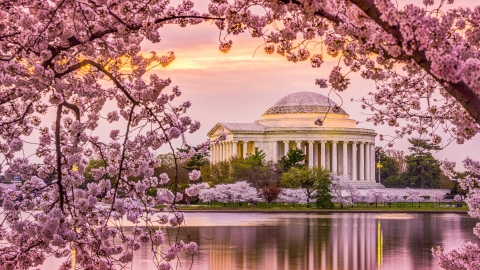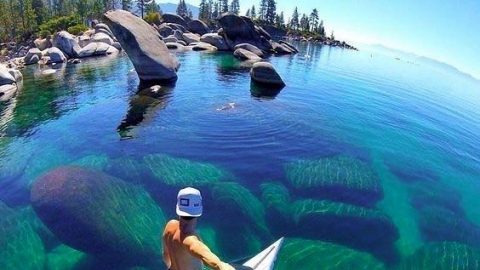The Ryan family, who manage the property, posted a notice on Facebook last week announcing the site's closure.
"Our family, who bought this farmland in 1887 and turned it into Daffodil Hill, certainly never imagined it would become such a popular destination. However, after the large number of visitors to our hill this year, we have realised that the size of the car parks and local road infrastructure is limited and insufficient to accommodate the growing number of visitors, posing a safety risk to those involved. It is this overwhelming popularity that has led us to make the decision to close Daffodil Hill," they said.

Because of its rural location, Daffodil Hill was ill-equipped to handle the influx of tourists who flocked to take photos among the flower fields. The over-tourism has led to problems with parking, traffic and environmental damage.
“It’s important to grow smart and take care of both visitors and residents,” said Mike Testa, President & CEO of Visit Sacramento. “We don’t want tourism growth to cause headaches for visitors – and most importantly, our residents.”

Daffodil Hill isn’t the only destination that has been negatively impacted by social media, specifically Instagram. Social media is a double-edged sword, causing negative issues for locals and the environment in countless other locations. Earlier this year, Antelope Valley’s poppies became so popular that tourists began taking risky steps, such as illegally landing helicopters in the fields, just to get into the area and take “virtual life” photos.
Or like Maya Bay - the Thai island made famous by the movieThe BeachLeonardo DiCaprio's - also announced it would close indefinitely due to damage caused by overtourism since 2018. Meanwhile, the Australian government also decided to close Uluru - formerly known as Ayers Rock - in October 2019 for the same reason.


































